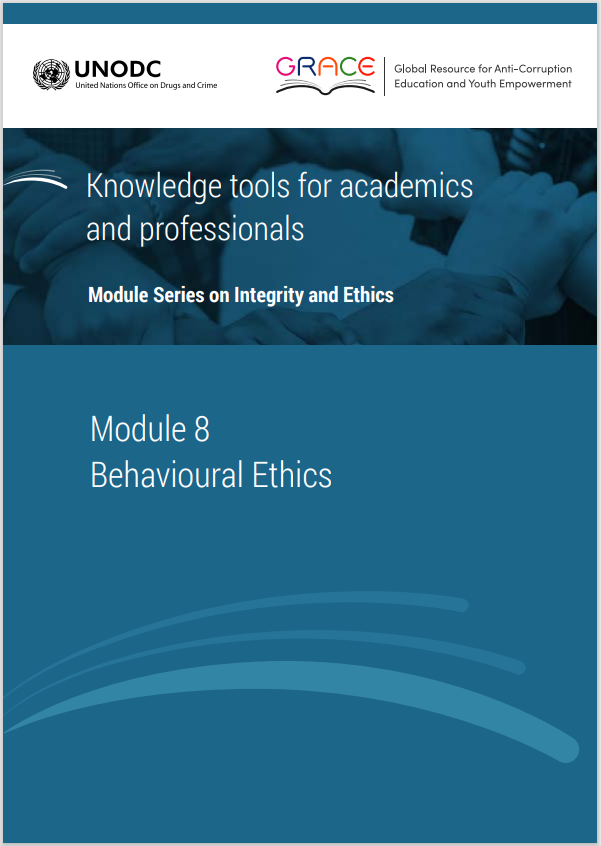This module is a resource for lecturers
Advanced reading
The following readings are recommended for students interested in exploring the topics of this Module in more detail, and for lecturers teaching the Module.
- Adam Waytz, James Dungan, and Liane Young (2013). The whistleblower's quandary. The New York Times, 2 Aug. » An analysis of psychological barriers to whistle-blowing, or speaking up about unethical behaviour.
- Ariely, Dan (2013). The Honest Truth about Dishonesty: How We Lie to Everyone - Especially Ourselves. New York: Harper Collins Publishers. » How context can affect integrity and honesty.
- Bazerman, Max H. and Ann E. Tenbrunsel (2012). Blind Spots: Why We Fail to Do What's Right and What to Do about It. Princeton, NJ: Princeton University Press. » Additional reading in Chapters 5-8.
- DeSteno, Daniel & Piercarlo Valdesolo (2011). Out of Character: Surprising Truths about the Liar, Cheat, Sinner (and Saint) Lurking in All of Us. New York: Three Rivers Press. » The surprising power of context to influence ethical behaviour.
- Epley, Nicholas (2014). Mindwise: How We Understand What Others Think, Believe, Feel, and Want. New York: Vintage. » See especially Chapter 3 for an explanation of how psychological distance can encourage unethical behaviour. An excerpt from this book is available here.
- Grant, Adam (2011). How customers can rally your troops . Harvard Business Review, June. » An argument for using pro-social incentives of meaning and purpose to effectively motivate employees.
- Haidt, Jonathan (2012). The Righteous Mind: Why Good People are Divided by Politics and Religion.New York: Pantheon Books. » Additional reading in Chapters 5-12.
- Mclean, Bethany and Peter Elkind (2003). The Smartest Guys in the Room: The Amazing Rise and Scandalous Fall of Enron. New York: Portfolio Trade. » See also the documentary about Enron's collapse, The Smartest Guys in the Room, recommended in the video material under Additional teaching tools.
 Next page
Next page
 Back to top
Back to top
